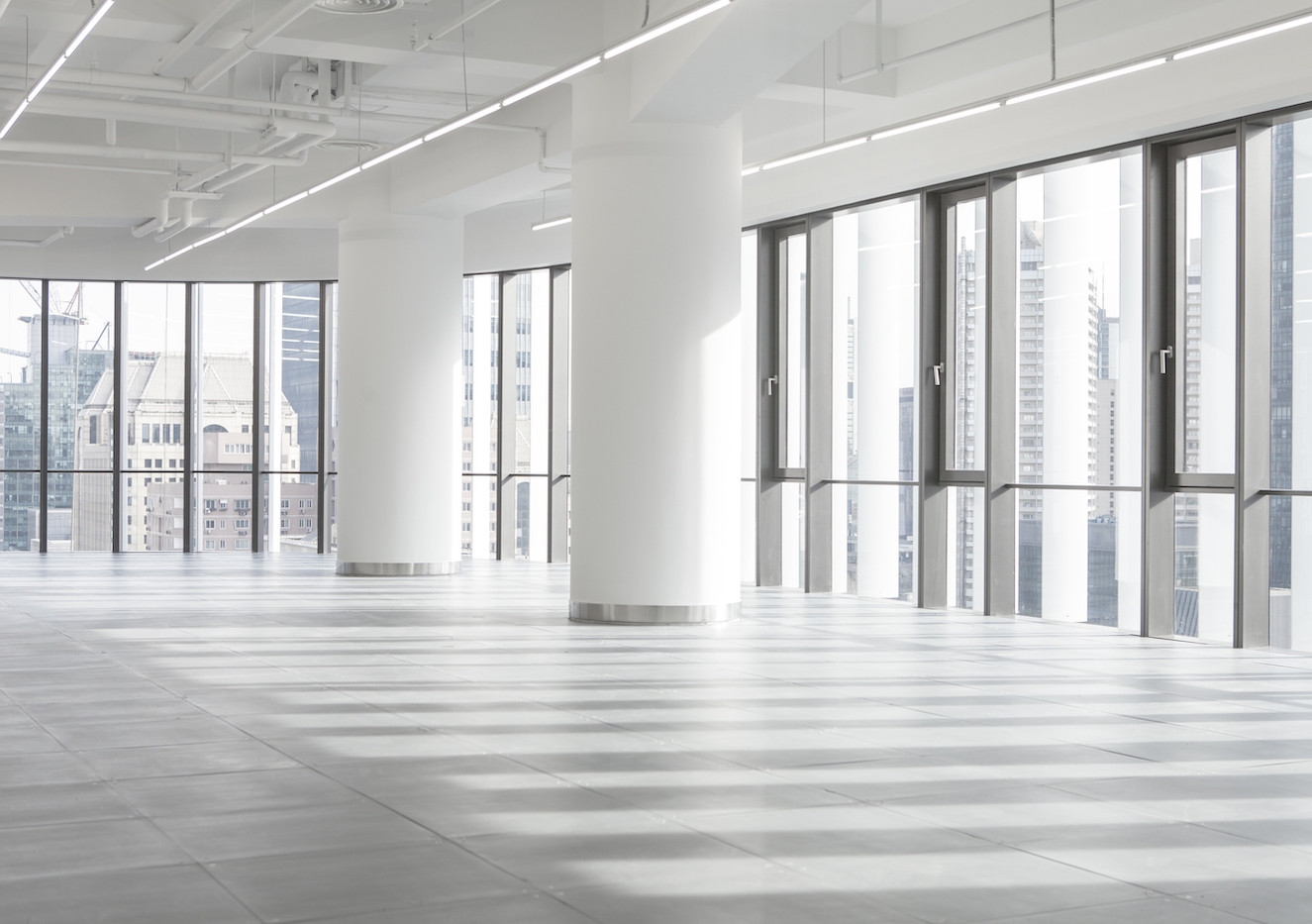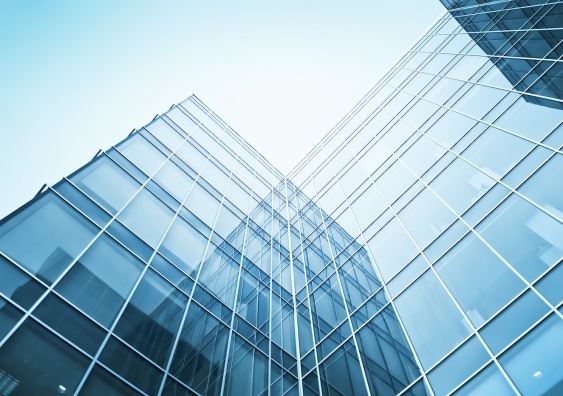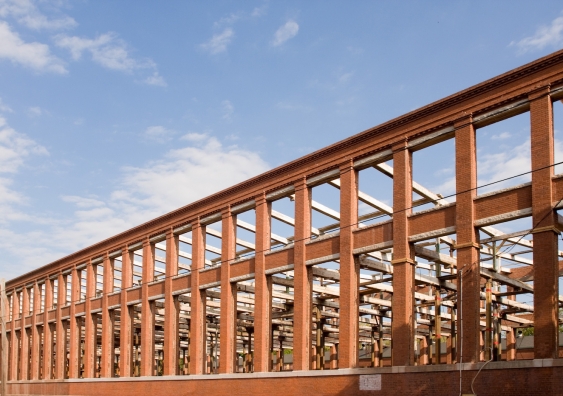Adaptive reuse: should we convert empty offices to address housing shortages?
Quality of life must lead office-to-residential conversions to ensure inequities are not built into our housing system, says ╣·▓·¥½ãÀ expert.
Quality of life must lead office-to-residential conversions to ensure inequities are not built into our housing system, says ╣·▓·¥½ãÀ expert.

During the pandemic, lockdown and isolation protocols left many office towers vacant. Today with hybrid working arrangements the norm across diverse industries.
There has been a global push to convert . However, while there are some significant advantages to adaptive reuse, in practice office-to-residential conversions come with design and equity challenges, says Associate Professor Philip Oldfield from ╣·▓·¥½ãÀÔÇÖs School of Built Environment.
The attraction of office-to-residential conversions is easy to understand; in theory, they can provide much-needed global housing more sustainably, he says.
ÔÇ£T│¾▒ ┬áthat 3 billion people will need [access to] adequate housing by 2030, with demand for 96,000 new homes every day. That's more than one [new home] per second,ÔÇØ says the expert in sustainable design. ÔÇ£This gives us a clear moral responsibility to build to improve people's lives.ÔÇØ
However, buildings┬á┬áof energy-related greenhouse gas emissions. ÔÇ£We need to radically reduce this to avoid global heating. Additionally, construction is inherently carbon intensive. Well over a third of our future global carbon budget is likely be used just for creating new buildings, which is unsustainable,ÔÇØ he says.
ÔÇ£So we've got what I call . So thereÔÇÖs this shift towards thinking about when do we need to build, and how can we adaptively reuse existing assets. We need to be creative and converting these [underutilised] office blocks into apartments is one possible way.ÔÇØ
Read more: 
Proponents argue that increasing housing in urban centres through office-to-residential conversions also supports the 15-minute city model, where many of your daily needs are just a short walk or bike ride from home. The model promotes community-building and healthy living, boosts local economies and reduces transport emissions, helping ensure there is cleaner air and a more sustainable planet.
In practice, however, many office buildings do not readily translate to healthy and quality accommodation, and ÔÇ£we know that housing has an incredible impact on our health and wellbeing,ÔÇØ he says.
ÔÇ£It's all about balance. We're obviously trying to make money and we're trying to save carbon emissions. We're trying to reuse assets in a sustainable way, but we cannot do that to the detriment of people's health and wellbeing.ÔÇØ

Many office buildings do not easily translate to healthy and quality accommodation. Photo: Shutterstock.
International interest in adaptive reuse is growing. In America, , and . In the UK, the government has and in Asia, the South Korean government is converting underoccupied hotels and office blocks into new rental accommodation.
. While demand for generic office space is plummeting, premium office space is still in high demand as employers seek to incentivise the return to the office, says A/Prof. Oldfield.
ÔÇ£WeÔÇÖre seeing a big shift away from generic open office floorspaces to offices with atria, to allow people to move between floors, with break-out spaces to work more flexibly, more collaboratively. They have to be attractive spaces, so people want to come in to work,ÔÇØ he says.
Office-to-apartment conversions will therefore likely involve secondary office spaces ÔÇô the kind that house large-scale cubicle colonies; such buildings can make the provision of adequate natural lighting and ventilation more difficult, he says.
ÔÇ£Office buildings are fundamentally different in terms of space ÔÇô they are typically big and open and deep ÔÇô and this impacts their ability to meet the architectural and design needs of residential space,ÔÇØ he says. ÔÇ£This frequently translates to long thin apartments with limited access to natural light and restricted access to ventilation, both of which are important for comfort, health and wellbeing. Often this also means apartments with windowless bedrooms.ÔÇØ
for comfort, equity and health reasons; significantly, exposure to natural light connects us to the outside world and is associated with improved productivity, sleep and mood.
Read more: 
Of course, there is always the possibility that developers could introduce light wells and atria into these buildings to increase their residential suitability and appeal, he says. ÔÇ£Some of this is down to developer ambition. The QQT [Quay Quarter Tower] building is an example of a radical ambitious retrofit, the likes of which we havenÔÇÖt seen before.ÔÇØ
Originally built in 1976, the QQT on Bridge Street, Sydney was redeveloped from 2018-2021, . ÔÇ£Using architectural imagination and technical ingenuity ÔÇô ÔÇ£deep retrofittingÔÇØ ÔÇô provides the most sustainable way to improve our housing standards, for people and the planet,ÔÇØ he says. ÔÇ£This involves holistically considering the layout, fabric and systems to achieve the best possible comfort and energy efficiency.ÔÇØ
However, many of the proposed design plans for office conversions circulating on social media compromise on quality of life, he says. The appropriateness of office-to-residential conversions then raises questions about the kinds of housing we consider ÔÇÿliveableÔÇÖ for present and future populations, he says.
ÔÇ£When we build, we build for the next 50 to 100 years so weÔÇÖre building the housing for our grandchildren. We need to ask ourselves: would I want my grandchildren to live in this [home and] within a warming environment?ÔÇØ he says.

Office-to-residential conversions need to be ÔÇÿliveableÔÇÖ for present and future populations. Photo: Shutterstock.
With global warming and changing climate conditions, energy provision is a significant consideration. ÔÇ£T│¾▒ poor environmental performance of Australian houses is a major contributor to energy poverty,ÔÇØ he says.
Hundreds and thousands of people across Australia are living in energy poverty. Energy poverty doesnt just mean you cant pay bills it means you're not putting the heating and cooling on because it's too expensive and that is affecting your health.
Energy poverty disproportionately impacts people from low socio-economic backgrounds, and people living with disability and mental health issues and families with children, he says. While apartment blocks can be air-conditioned, buildings with highly glazed walls remain vulnerable in heatwave conditions.
ÔÇ£Imagine you live in a single-glazed apartment, and thereÔÇÖs a heatwave and a power outage. If youÔÇÖre young and able-bodied you can go to the shopping centre or a swimming pool [to get some relief], but if youÔÇÖre elderly, unwell or living with a disability ÔÇô if you have COVID ÔÇô you may not be able to leave. ThereÔÇÖs fundamental morbidity and equity issues around building poor [quality] apartments,ÔÇØ he says.
Read more: 
Location is also important, he says. ÔÇ£Housing solutions need to consider access to amenities, such as transport connections, retail and hospitality offerings, and green space. A peri-urban office park, for example, is less suited to residential conversion because it lacks the necessary surrounding infrastructure.ÔÇØ
Finally, there are insufficient underoccupied office buildings with appropriate architectural layout and amenity connections to have significant impact on ; the crisis demands holistic reform rather than tinkering at the edges with these kinds of piecemeal solutions, he says.
Everyone's looking for a silver bullet to solve the housing crisis  [But] these problems  climate change, the housing crisis  they are wicked problems. They are complex and seriously multifaceted, he says.
ÔÇ£We can convert offices to residential where the offices are shallow. And where it makes sense in terms of location, access to amenities, quality of space. Absolutely. But as a strategy to create more accessible, equitable and resilient housing, its impact is going to be limited.ÔÇØ